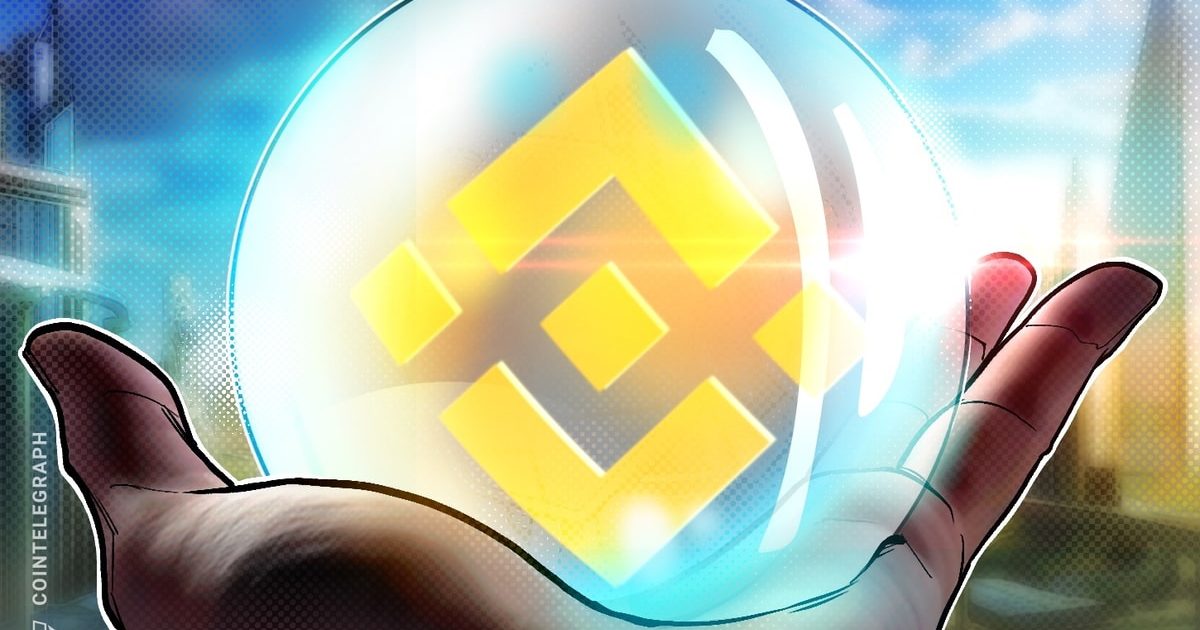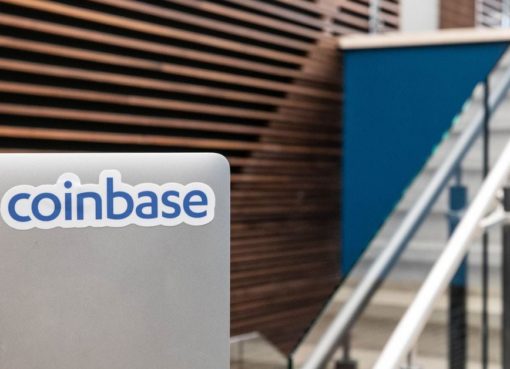An exclusive interview with Cointelegraph in 2018 highlighted growing scrutiny of Binance’s meteoric growth.
Fiv years ago, you couldn’t trade with fiat currency on Binance, yet the exchange was already garnering international attention with the highest trading volumes among its peers.
That’s no mean feat in the cryptocurrency industry, even in 2018, with several well-established exchanges commanding established and loyal user bases. Critics questioned why the world needed another exchange, but Changpeng “CZ” Zhao would not be deterred.
In June 2018, I jumped onto a virtual call with ‘CZ’ for a one-on-one interview to discuss the meteoric growth of the global exchange. At the time, Binance only supported crypto-to-crypto trading, but a 50% fee discount facilitated by its native BNB token had been a major drawcard for savvy traders.
Things are drastically different half a decade later. Binance has agreed to a $4.3 settlement with the United States government over civil regulatory enforcement actions against the exchange. The U.S. civil case found that Binance’s policies allowed criminals involved in illicit activities to move “stolen funds” through its platform.
The judgment also led to Zhao’s resignation as CEO due to personal charges against the Binance founder for violating the Bank Secrecy Act. Zhao pleaded guilty and has been released on a $175M bail bond.
Reflecting on that conversation in 2018, Zhao seemed acutely aware of the growing target on Binance’s proverbial back as its trading volume outpaced competitors.
Related: Binance $3.9B USDT move gains community attention amid DOJ settlement claims
The exchange had been subject to scrutiny over the veracity of its trading volumes, a point which Zhao contended. He claimed that Binance accurately accounted for its trading volumes, while other exchanges “double-reported” on the buy and sell side of trades to give inflated figures to attract more users.
“Being number one creates other problems sometimes, especially with regulators. The regulators like to talk to the number one guy. We try very hard to not be number one all the time, but other people are trying very hard to boost their volumes to be number one.”
Scrutiny aside, Zhao’s burgeoning exchange was gaining a head of steam. A modest $15 million initial coin offering (ICO) provided the basis to get Binance off the ground.
Zhao spoke fervently about the role the ICO played in laying the foundation for the exchange’s growth.
“The ICO definitely helped us a lot. I cannot stress how much it has helped us. I think it’s probably helped us on the order of 10 to 200x .”
The founder suggested that had Binance raised funds through conventional venture capital rounds, it would have grown considerably slower. Some 25,000 users signed up at the ICO phase, becoming “investors, coin holders and users,” Zhao explained.
By the time Zhao was forced to hand over the reins to incoming CEO Richard Teng, Binance’s $15 million ICO had morphed into a company valued at $60 billion.
The outgoing CEO’s words some five years ago have proved to be prophetic. Binance has faced regulatory scrutiny in numerous jurisdictions due to its aggressive expansion efforts.
This has come to a head in the U.S. with its major enforcement action and subsequent settlement. Binance has also faced more localized challenges in different countries and has exited countries like the Netherlands after failing to meet jurisdictional compliance.
The exchange has simultaneously found greener pastures, with the UAE providing a new base to continue operations. CZ is domiciled in the country and is expected to head back there before returning to the U.S. for sentencing sometime in 2024.
Poignantly, Coinbase CEO Brian Armstrong took to X (formerly Twitter) to highlight that his own exhange’s measured approach to meeting regulatory standards has avoided the current situation Binance finds itself in.
Since the founding of Coinbase back in 2012 we have taken a long-term view. I knew we needed to embrace compliance to become a generational company that stood the test of time. We got the licenses, hired the compliance and legal teams, and made it clear our brand was about trust…
— Brian Armstrong ️ (@brian_armstrong) November 21, 2023
“This meant we couldn’t always move as quickly as others. It’s more difficult and expensive to take a compliant approach. You can’t launch every product that customers want when it’s illegal. But it’s the right approach because we believe in the rule of law.”
Armstrong’s take is indicative of the cryptocurrency space in general. Some push the boundaries while others take more cautious steps. This does not necessarily exempt the latter from scrutiny, though – Coinbase itself is still embroiled in it’s own legal battle with the Securities and Exchange Commission over alleged securities violations.
Magazine: Take Bitcoin profits at $110K, CME tops Binance in BTC futures open interest: Hodler’s Digest




